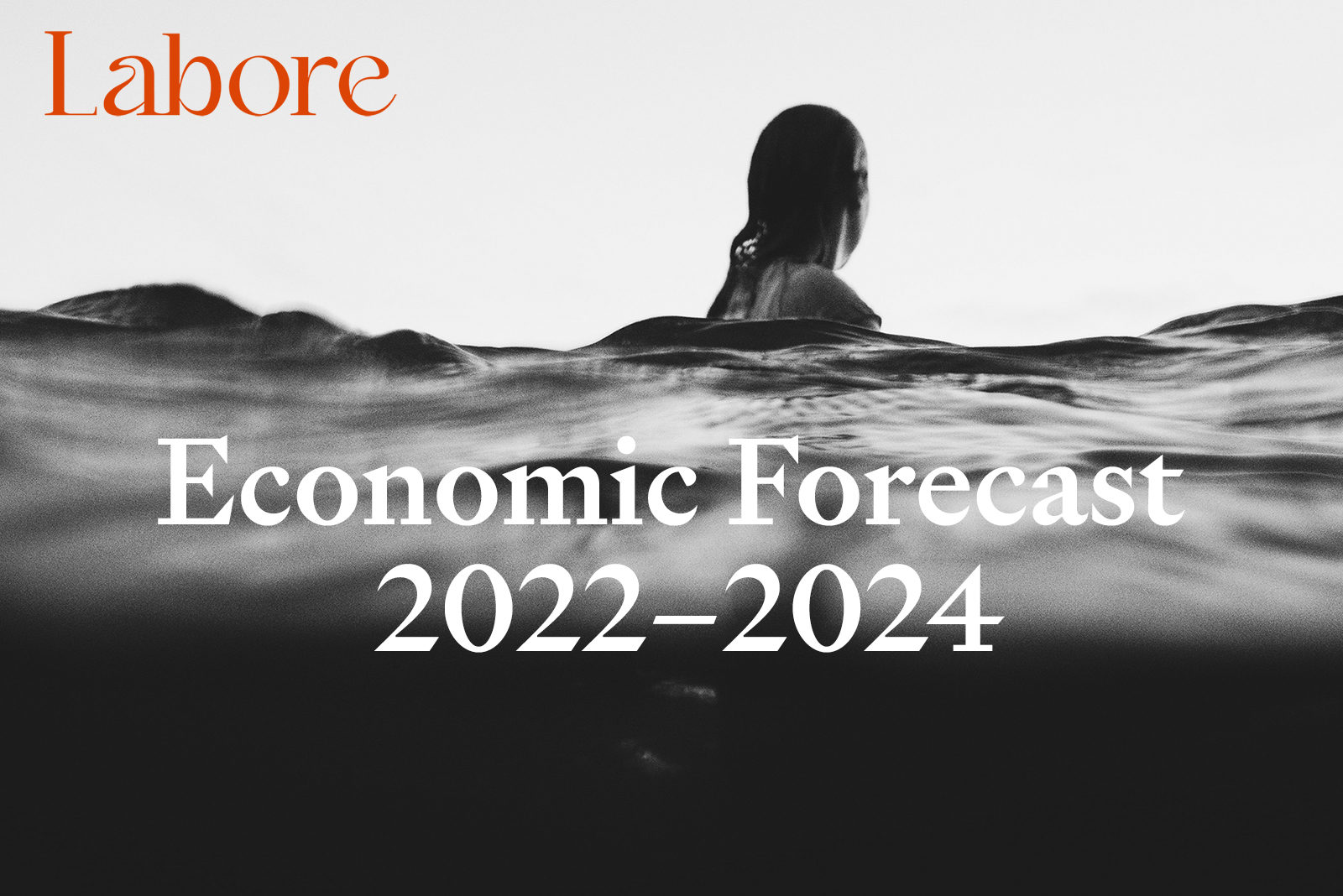Europe Is Thrown from One Crisis to Another
Economic Forecast 2022–2024

Finland’s GDP is expected to grow 1.8 this year, 1.5 in 2023, and 1.4 in 2023. This year’s growth is 1.7 percentage points less than we forecasted in our last forecast round in autumn 2021. The decreased expected growth is primarily because of the direct and indirect effects of the Russian war against Ukraine. Finland’s trade with Russia is expected to collapse and not revive in 2022–2024. Also, Western countries’ overall slower growth prospects and global inflationary pressure indirectly weakens Finland’s economic outlook.

The global economic outlook deteriorated after Russia started the war against Ukraine, for example, because it has further accelerated the rise in energy and commodity prices and triggered more value chain disruptions. The historically high inflation, stemming from several sources, threatens global economic growth and global trade and is expected to tighten monetary policy worldwide. This year, the global growth is projected to be 3.4 percent, more than one percentage point less than previously estimated. With sanctions, security threats, and other restrictions, Europe focuses on reorganizing the production chains and finding new green energy solutions. As a result, growth in the euro area is expected to be 3.4, 2.5, and 2.0 in 2022–2024.

The exports outlook seemed quite positive before Russia attacked Ukraine. However, the international growth slowdown caused by the war will somewhat shrink the size of Finland’s export markets. Exports to Russia, which form about five percent of Finland’s export of goods, will collapse, but we expect that new markets can be found for a large part of them. Exports of services will increase fast, mostly due to the recovery of travel and transport services exports. As a result, exports are forecasted to grow faster than imports in 2022–2024.
Employment will keep improving, and unemployment will continue to fall in the coming years but slower than expected earlier. Earnings growth is accelerating moderately and is around 3 percent in 2022–2024. Productivity is expected to grow slowly in 2022–2024, and prospects for faster productivity growth are uncertain in the long run.
Inflation is expected to accelerate to 4.5 percent in 2022. In early 2022, inflation was especially driven by rising energy prices. Inflation is expected to spread more clearly also to other components this year. According to our forecast, the inflation rate will fall to around 2 percent in 2023, where it will remain in 2024 as well.

Private consumption is expected to increase by 2 percent in 2022, 1.9 percent in 2023, and 2 percent in 2024. In 2022, private consumption will be curbed by the high inflation and negative real wage growth. However, the sizable savings accumulated during the pandemic in 2020 and 2021 will support private consumption. As a result, the saving rate is forecasted to be negative from 2022 to 2024.
Investments are forecasted to grow each year by around 3 percent in 2022–2024. The private sector is the primary driver of investment growth. The war in Europe has raised general uncertainty, which slows down the growth of investments. At the same time, new pressure to invest, for example, in defense, and the energy sector, strengthen growth in 2022–2024.
Public finances will remain in a clear deficit in 2022–2024. However, the deficit is declining despite government indebtedness, which is explained by the strong financial position of employment pension institutions and social security funds and the decline in the government deficit over the forecast horizon. Due to the aging population, public finances face a long-term structural imbalance between expenditure and revenue. Without tax increases, spending cuts, structural measures to increase the efficiency of public production, or a combination of these, public finances will remain in deficit.

- Sakari Lähdemäki
- Senior Researcher, Head of Forecasting
- Tel. +358-40 940 2830
- sakari.lahdemaki@labore.fi